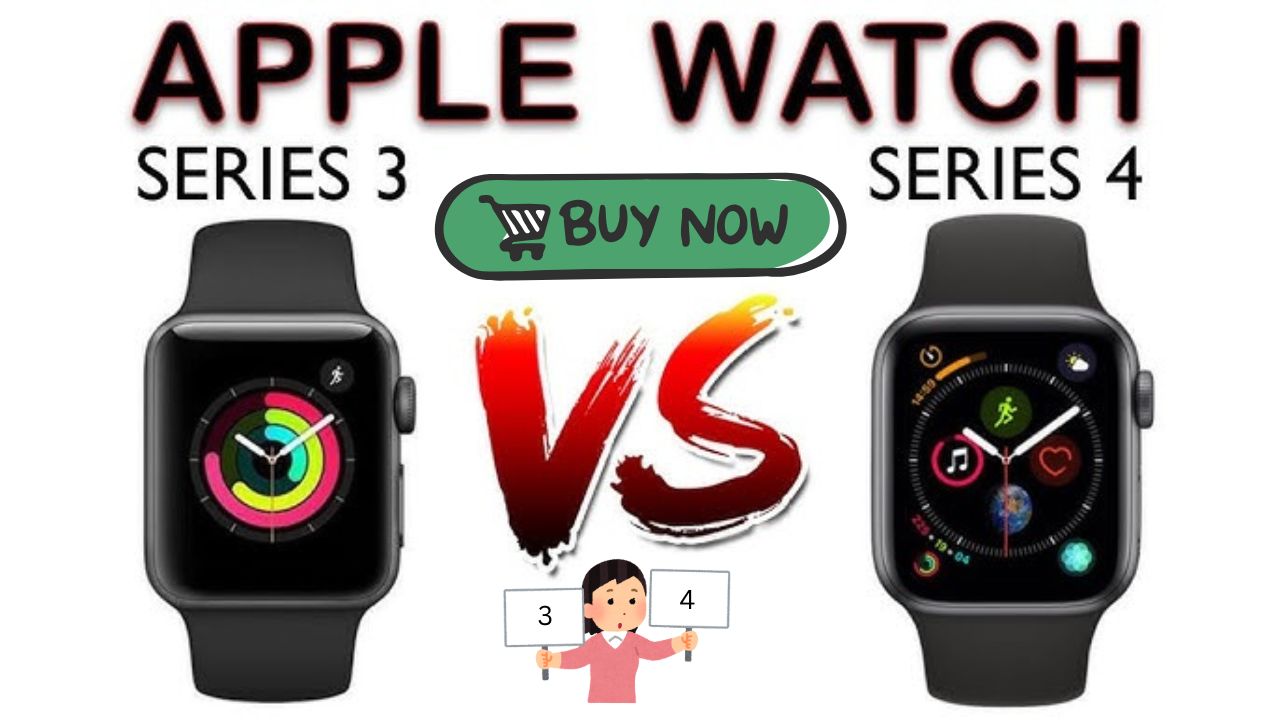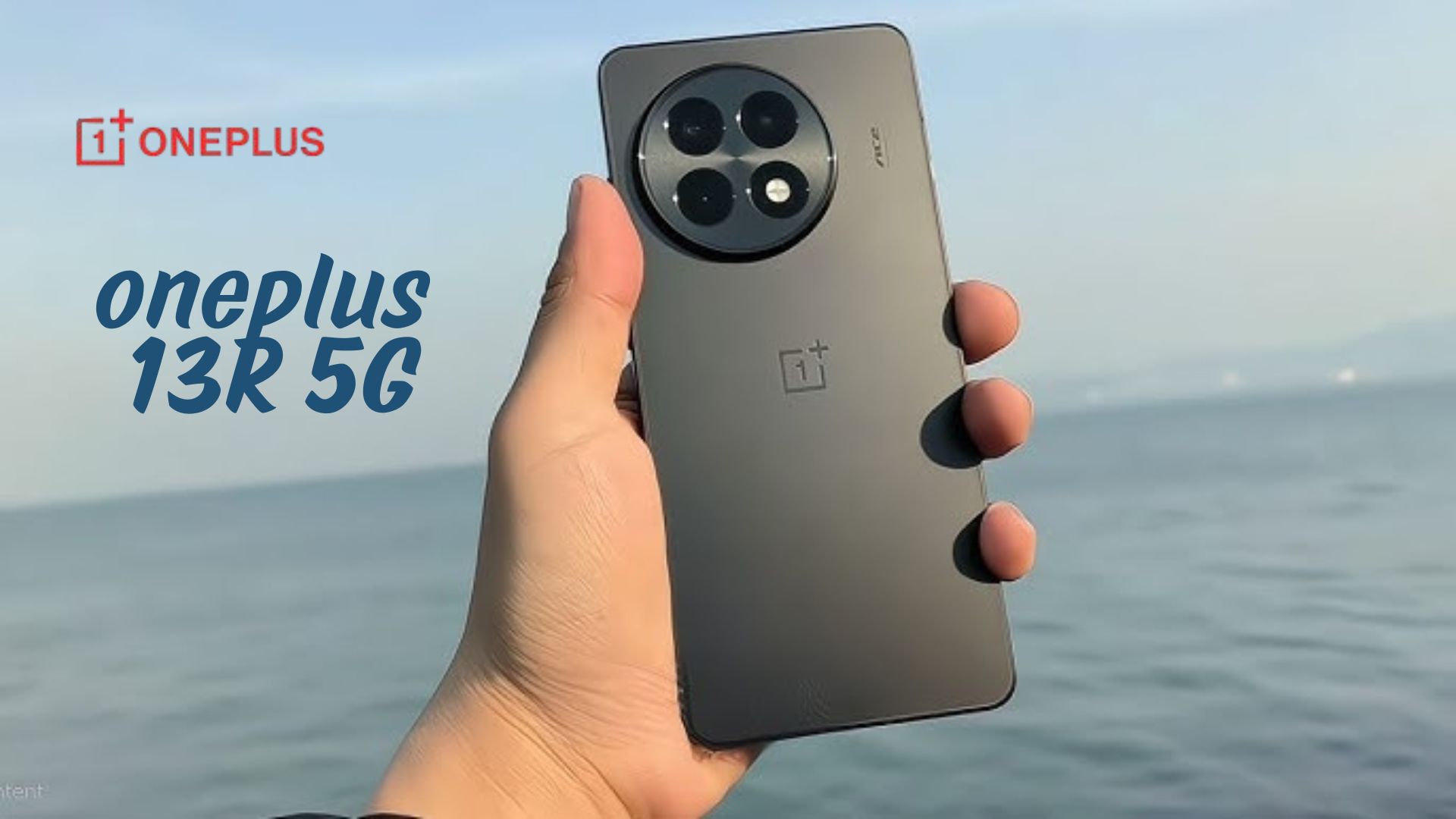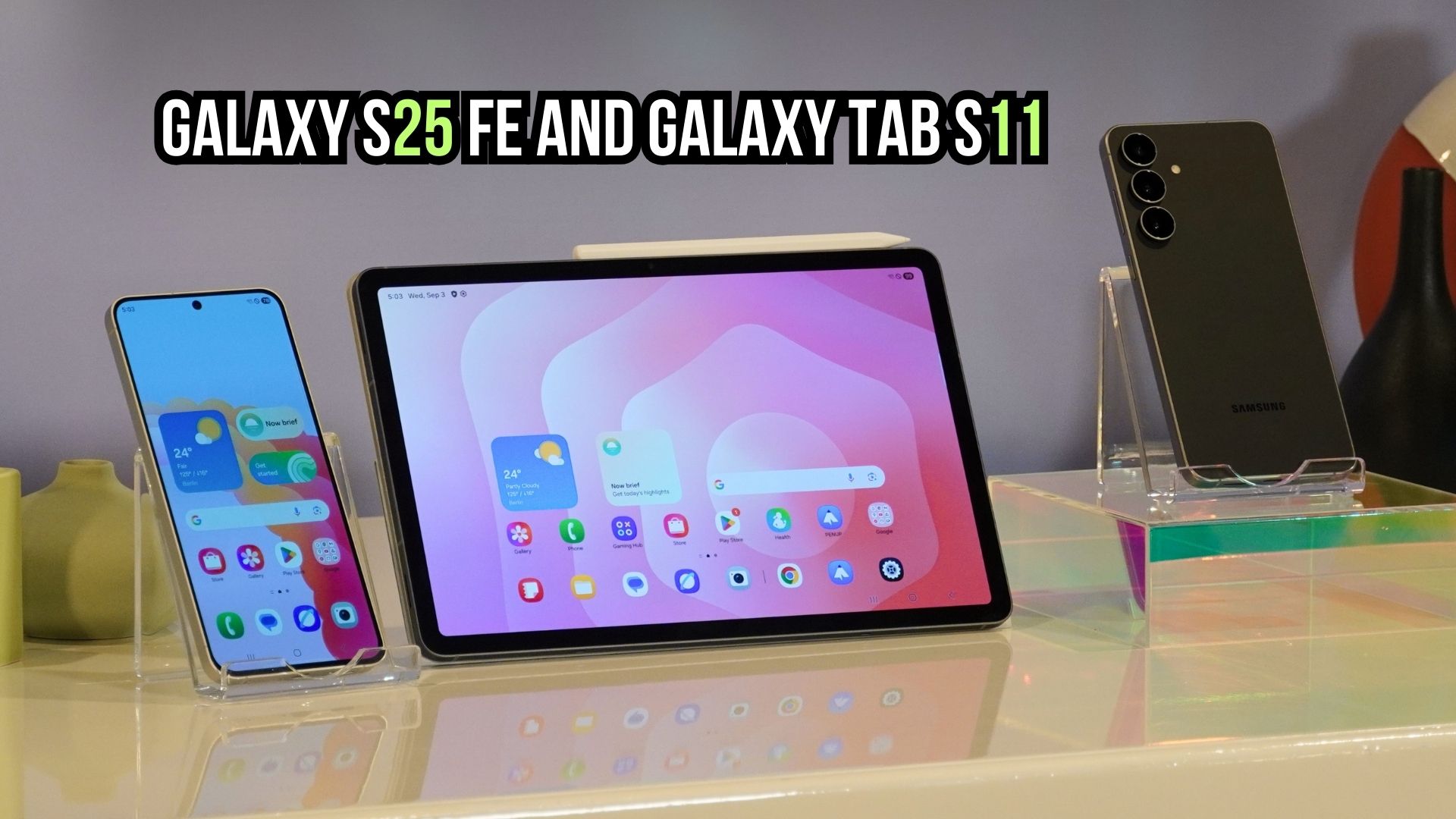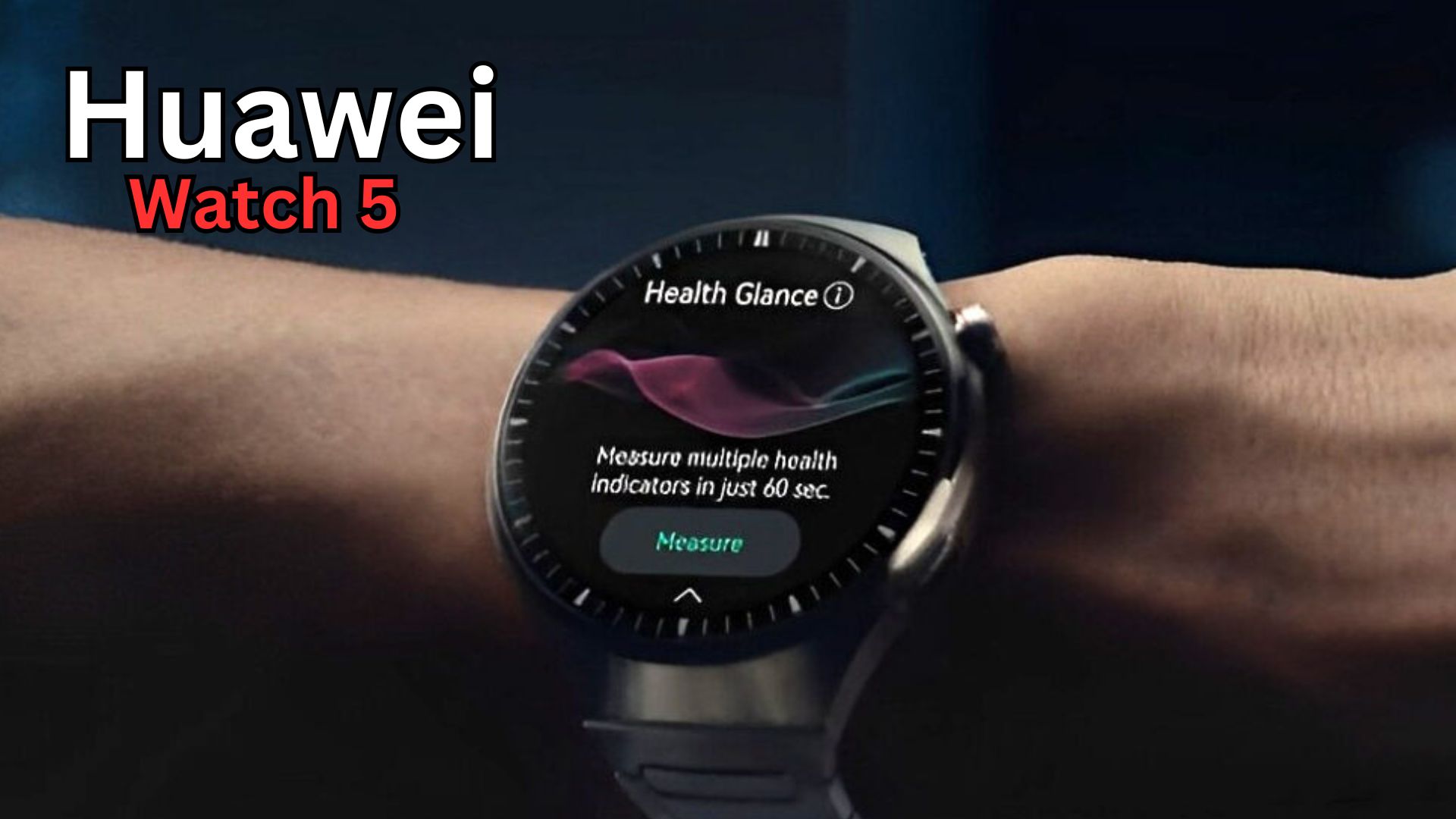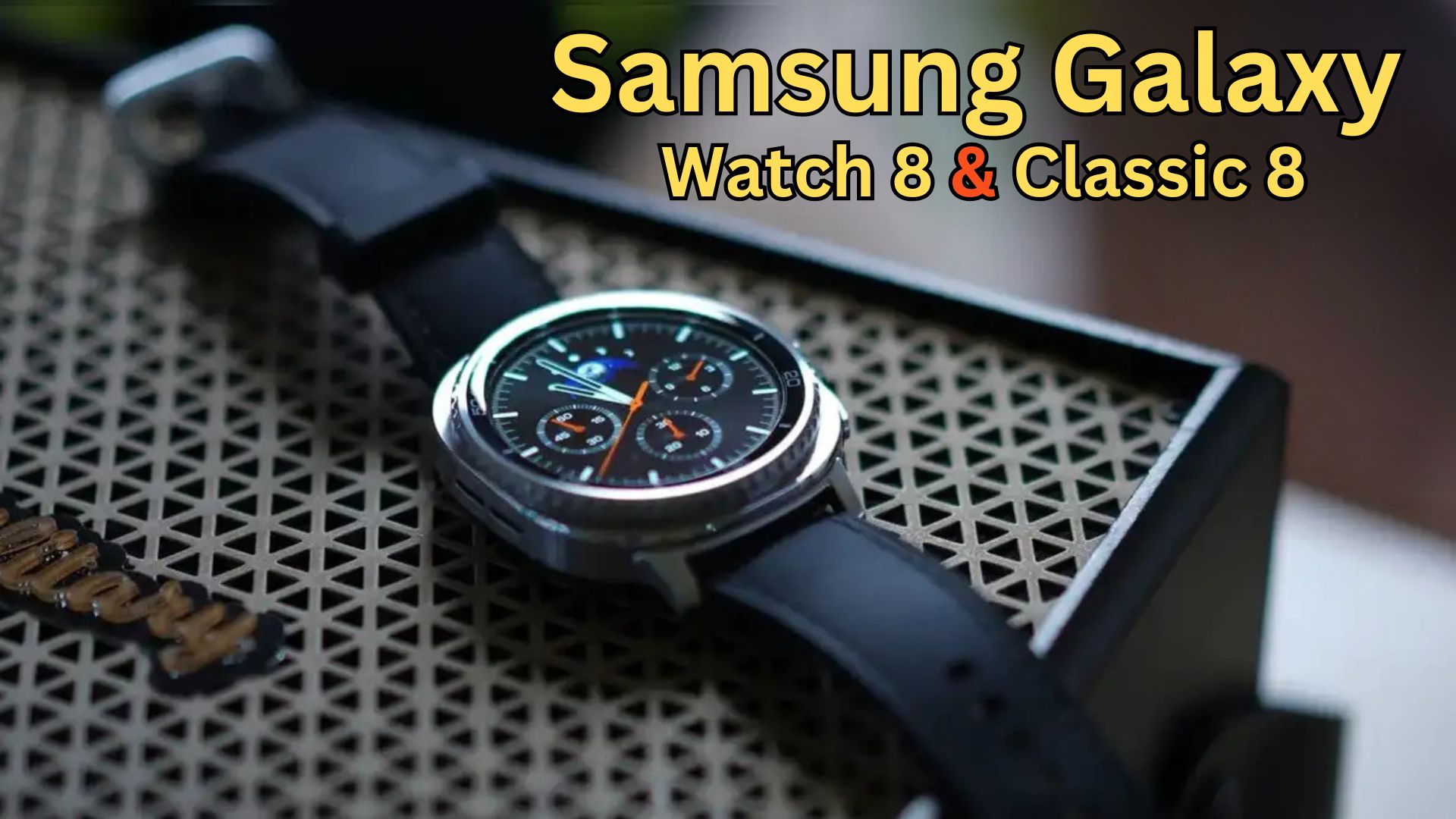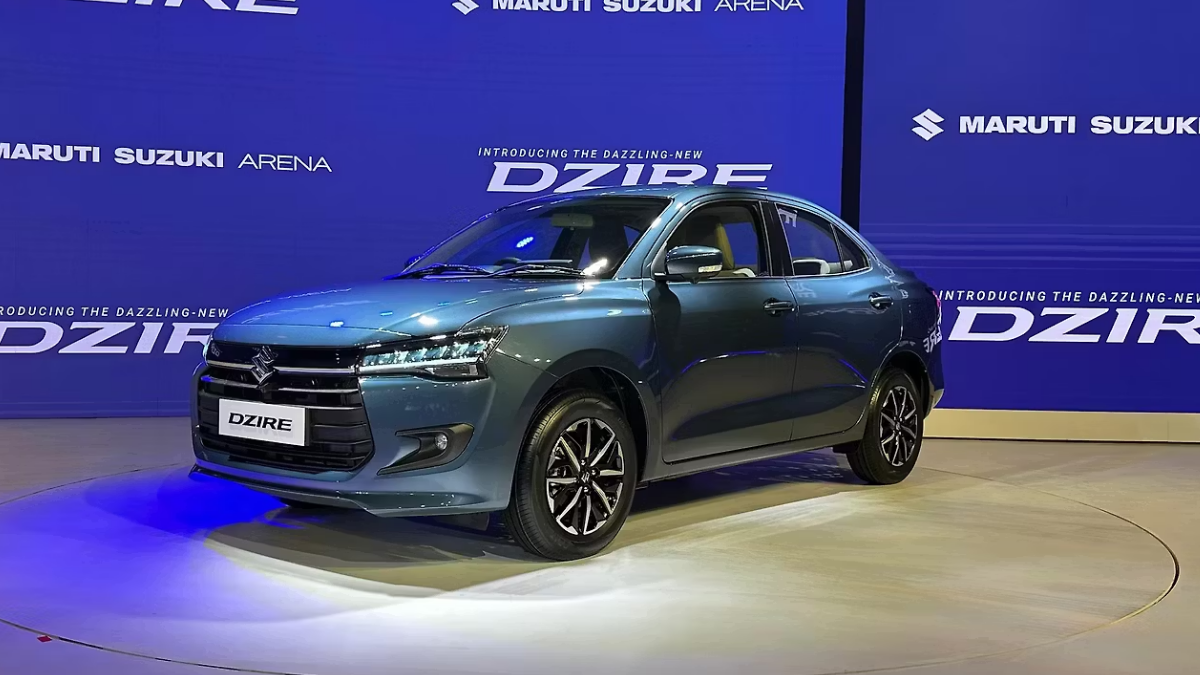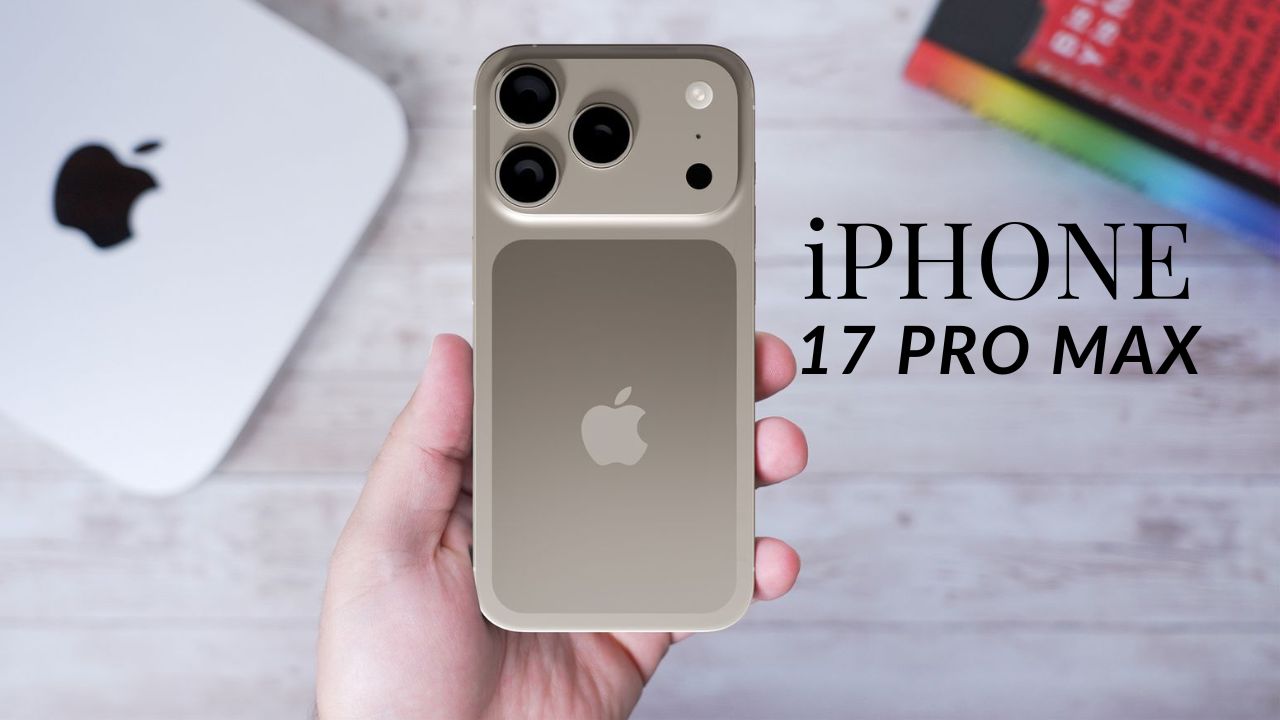Apple continues to refine its product ecosystem by gradually phasing out support for older devices. In its latest update, the company has officially added the Apple Watch Series 3 and Apple Watch Series 4 to its vintage list. This means both models are no longer guaranteed to receive repair services or official hardware support, marking the end of an era for many early Apple Watch users.
With the Apple Watch Series 11 now available, this development was expected, but it still matters to the many people who continue to use these older models. Let’s take a closer look at what “vintage” status means, which models are affected, and what options remain for current owners.
What Does “Vintage” Status Mean?
Apple classifies a product as vintage when it has been discontinued for more than five years but less than seven years.
- Service availability: Apple may still offer limited service or repairs for vintage devices, depending on regional laws and availability of spare parts.
- Not guaranteed: Unlike current models, repair or replacement parts are not guaranteed.
- Global differences: In some regions, consumer protection laws may extend service support, but in others, it may already be very limited.
Once a product crosses the seven-year mark, it becomes obsolete, which means Apple and its authorized repair providers stop offering any official service.
Summary Table
| Apple Watch Model | Current Status | Key Features | Year Launched |
|---|---|---|---|
| Series 2 | Obsolete | Built-in GPS, swim-proof design | 2016 |
| Series 3 | Vintage | First with optional cellular | 2017 |
| Series 4 | Vintage | Larger display, ECG app | 2018 |
| Series 11 | Current | Blood oxygen, crash detection, advanced sensors | 2025 |
Apple Watch Series 3: From Cellular Pioneer to Vintage Status
The Apple Watch Series 3, launched in 2017, was a landmark product for Apple because it was the first Apple Watch to support optional cellular connectivity. This allowed users to make calls, send texts, and stream music without needing their iPhone nearby.
Interestingly, the Series 3 stayed on sale until 2021, making it one of Apple’s longest-selling wearables. Apple uses the last sale date, not the launch date, to determine vintage status, which is why the Series 3 is only now moving into this category.
Despite its age, the Series 3 remained popular among budget-conscious Apple users, especially after Apple continued selling it alongside newer models for several years.
Apple Watch Series 4: A Redesign with ECG Capabilities
The Apple Watch Series 4, introduced in 2018, brought several firsts for the lineup:
- A new design with slimmer bezels and a larger display.
- The first Apple Watch with an ECG app, which allowed users to record an electrocardiogram directly from their wrist.
- Improved sensors and performance over the Series 3.
The Series 4 marked the point where the Apple Watch became more than a lifestyle accessory and moved firmly into the category of a serious health and fitness device.
Now, with vintage status, the Series 4 will have limited official repair options, nudging many owners toward upgrading.
Which Models Are Affected?
Apple has moved the following Apple Watch Series 3 and 4 models to the vintage list:
- Aluminium case versions
- Stainless steel versions
- Nike editions
- Hermès editions
- Apple Watch Edition models
- Both 38mm/40mm and 42mm/44mm sizes
Apple Watch Series 2 Now Fully Obsolete
In addition to the Series 3 and 4 turning vintage, Apple also announced that the Apple Watch Series 2 has officially become obsolete.
Launched in 2016, the Series 2 introduced two major features that defined future generations:
- Built-in GPS
- Proper water resistance, allowing for swim tracking
It was a significant leap forward at the time, especially for fitness enthusiasts who wanted to track outdoor workouts without carrying their iPhone.
However, now that it is obsolete:
- No official repairs or service are available from Apple or its authorized providers.
- Owners relying on their Series 2 will need to turn to third-party repair shops if issues arise.
- Even then, replacement parts may be aftermarket or salvaged, since Apple no longer supplies components.
Why Apple Users Should Consider Upgrading
While Series 3 and 4 watches can still be used if they are functioning properly, several reasons make upgrading worthwhile:
- Lack of software updates: Apple stopped providing major software updates for these devices, leaving them behind in terms of performance and features.
- New health features: Newer models include blood oxygen monitoring, crash detection, body temperature sensing, and more.
- Better performance: Modern Apple Watches run faster, smoother, and have better battery optimization.
- Extended support: Buying a newer model ensures years of ongoing updates and service support.
FAQs
Q1. What does it mean if my Apple Watch is on the vintage list?
It means the watch has been discontinued for more than five years but less than seven. Apple may still offer limited service depending on parts availability, but it is not guaranteed.
Q2. Can I still use my Apple Watch Series 3 or 4?
Yes, if your watch is still working, you can continue to use it. However, it will not receive software updates and official repair support is limited.
Q3. Is Apple Watch Series 2 completely obsolete?
Yes, Apple Watch Series 2 is now classified as obsolete, meaning Apple and authorized repair providers no longer offer repairs or spare parts.
Q4. Should I upgrade from Series 3 or 4 to a newer Apple Watch?
If you want access to modern health features, better battery performance, and guaranteed support, upgrading to a newer model like Series 9, Series 10, or Series 11 is recommended.
Q5. Where can I check Apple’s official vintage and obsolete product list?
You can check directly on Apple’s official website: Apple Support – Vintage and Obsolete Products
For more Information Click HERE
